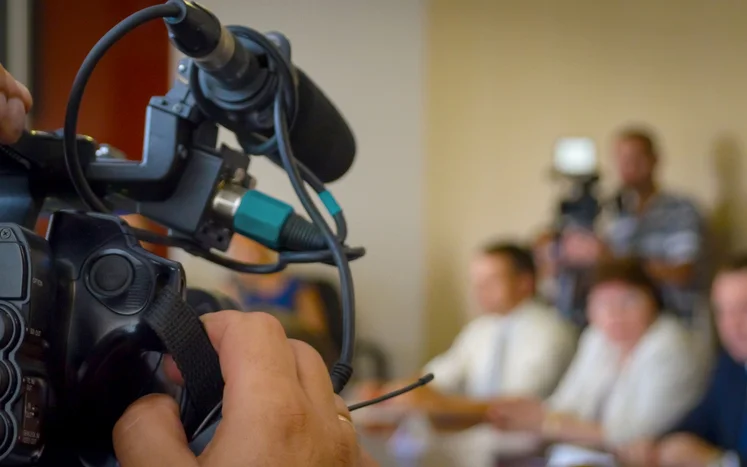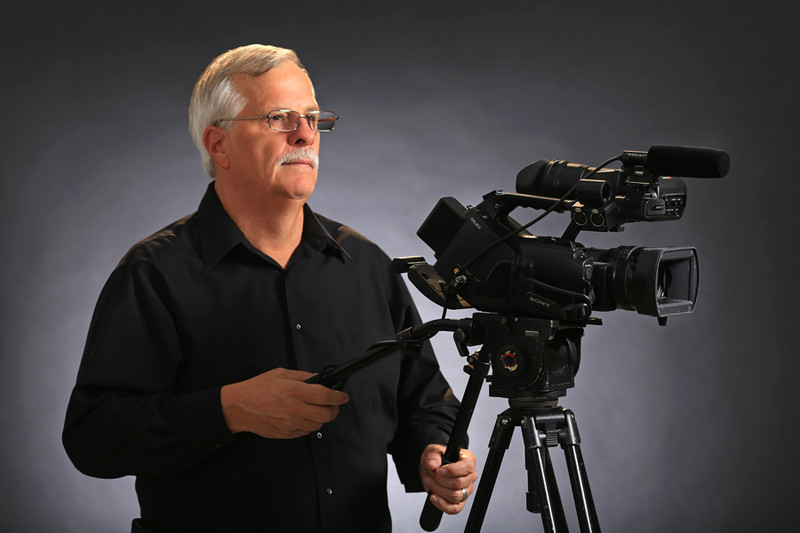How Legal Videography Has a Crucial Role in Contemporary Legal Practices
How Legal Videography Has a Crucial Role in Contemporary Legal Practices
Blog Article
Why Legal Videography Is Critical for Accurate Court Recordings
The role of legal videography in courtroom settings can not be overstated, as it offers as a vital tool for protecting the honesty of court documents. The effects of incorporating lawful videography right into standard court room techniques increase vital questions about its broader effect on the lawful system.
Significance of Visual Evidence
In the realm of legal process, the relevance of aesthetic proof can not be overemphasized. Aesthetic proof works as an effective tool in establishing facts, supporting testimonies, and enhancing the total quality of an instance. This sort of proof, which includes photos, video clips, and diagrams, can supply a concrete context that verbal summaries typically lack, thus supplying juries and judges a more clear understanding of the situations bordering a situation.
Additionally, aesthetic evidence aids in the retention of information. Human cognition is inherently visual, and individuals are most likely to bear in mind and comprehend information presented in a visual format. In the court, this can be vital, as engaging aesthetic evidence can sway point of views and reinforce the narrative presented by legal agents.
Additionally, making use of aesthetic proof can decrease misconceptions and uncertainties that commonly occur from spoken exchanges. By supplying a straight representation of occasions, visual evidence helps to eliminate subjective interpretations and cultivates a much more objective evaluation of the realities. The integration of aesthetic evidence into lawful procedures not just enhances the integrity of the judicial procedure but likewise enhances the likelihood of accomplishing a simply end result.
Recording Non-Verbal Hints
Making use of sophisticated videography methods can significantly improve the capture of non-verbal signs during lawful proceedings. Non-verbal communication, consisting of faces, body language, and eye call, plays a critical duty in communicating emotions and intentions that may not be explicitly stated in verbal statement. legal videography. Lawful videography employs high-def cams and critical angles to make certain that these refined cues are videotaped with quality and accuracy
The capability to evaluate non-verbal actions can offer useful context to declarations made throughout court sessions. A witness's hesitation or self-confidence can be translated with their stance or gestures, possibly affecting the jury's assumption of reliability. The usage of close-up shots can assist concentrate on an audio speaker's expressions, permitting for an extra nuanced understanding of the testimony.
Additionally, incorporating multiple cam angles can produce a detailed sight of communications, highlighting dynamics between parties entailed. This multifaceted approach not just boosts the precision of the court record yet likewise aids in protecting the honesty of the judicial procedure - legal videography. Inevitably, catching non-verbal hints via lawful videography cultivates a richer, much more complete representation of court process

Enhancing Testimony Dependability
The integrity of testament can be substantially her latest blog boosted with using high-quality lawful videography. Video recordings work as an objective medium that records not just the spoken words of witnesses however additionally the nuances of their distribution, including tone, pacing, and emotional expressiveness. This multifaceted documents gives a clearer understanding of the witness's trustworthiness and objectives, which can be essential in legal process.
Additionally, legal videography reduces the capacity for false impressions that may arise from created records alone. When jurors can observe a witness's demeanor and body movement along with their testimony, they are much better equipped to examine the credibility and reliability of the proof presented. This aesthetic context can strengthen the testimonial story, making it much more engaging and reliable.
Additionally, the existence of a video recording can prevent possible inconsistencies in statement. Witnesses may be more careful in their declarations when they understand they are being recorded, causing even more precise and genuine accounts. In general, top notch lawful videography boosts the stability of testimony, guaranteeing that the court has accessibility to a complete and truthful depiction of the facts as communicated by the witnesses.
Sustaining Appeals and Reviews
Lawful videography plays a critical duty in sustaining appeals and description evaluations by giving an extensive aesthetic record of courtroom process. This visual documentation catches not just the talked words of witnesses and lawyers yet also the nuances of body language, intonation, and court characteristics. Such aspects can be pivotal in comprehending the context of testaments and disagreements provided.
In the appellate procedure, where the focus gets on errors of legislation and procedural fairness, a video clip record can function as an important device for appellate courts. It enables judges to evaluate the original test context, making certain that decisions are based on a full understanding of the process. The ability to visually assess the attitude of witnesses or the interactions between events can expose insights that created records may overlook.

Additionally, lawful videography can help in clearing up uncertainties in testaments or step-by-step judgments, consequently strengthening the basis for an allure. By supplying a reputable, objective account of what taken place in court, lawful videography not just sustains the integrity of the lawful procedure however also empowers all parties involved to make informed decisions concerning their cases.
Simplifying Courtroom Processes
Enhancing court efficiency, lawful videography streamlines processes by offering check over here immediate access to aesthetic documents of proceedings. This innovation allows courts, attorneys, and juries to take another look at vital statement and evidence, ensuring that all events have a clear understanding of the instance. By catching the subtleties of verbal and non-verbal communication, videography improves the record, making it simpler to understand the context and weight of testimonies.

Furthermore, video recordings can promote remote engagement in hearings, permitting greater flexibility in organizing and involvement, which is particularly useful in complicated situations including several stakeholders.
Verdict
To conclude, legal videography plays an important duty in guaranteeing precise court recordings by supplying important visual proof that captures both spoken and non-verbal interaction. This technique boosts the reliability of testaments, supports appellate testimonials, and simplifies court room processes. By cultivating an extensive understanding of court room characteristics, lawful videography eventually adds to a lot more fair judicial outcomes, reinforcing the integrity of the legal system and promoting notified decision-making.
Report this page